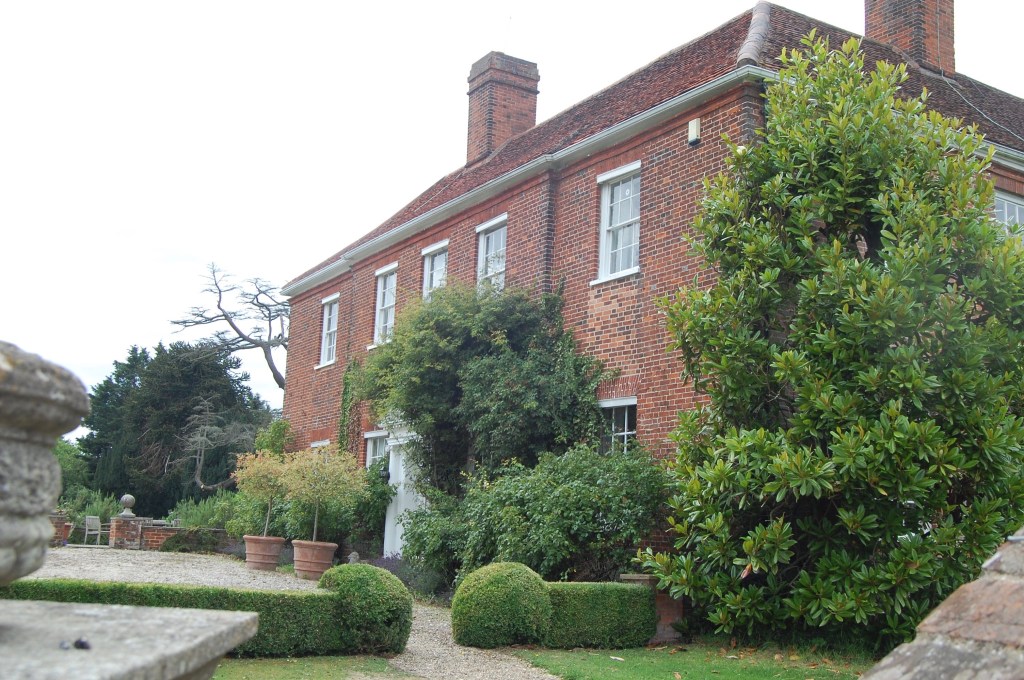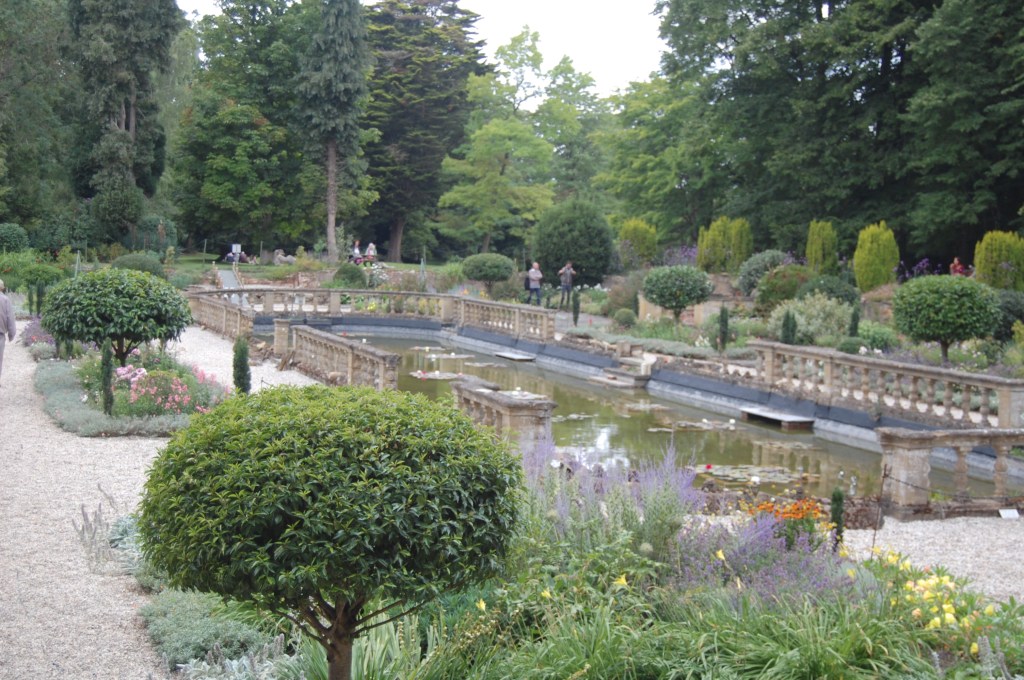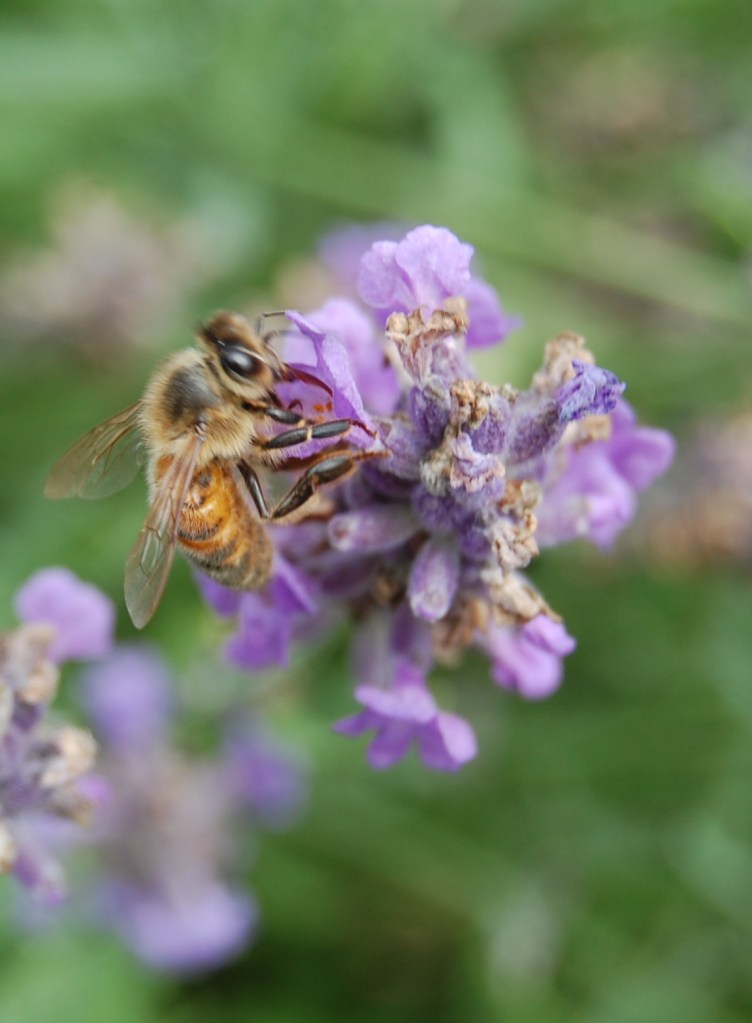In Essex countryside, just off the M11 close to Stansted Airport, there is an incredible country garden.
There was once a grand Elizabethan country house here. Unfortunately, it doesn’t exist any more. A series of disasters ending in its dismantling in the 1970s, left the grounds behind, which today make a very nice country park. In 1847, the original building was badly damaged in a fire. It destroyed most of the original house. The whole thing was rebuilt, in Victorian high gothic style. In 1865, the estate was inherited by Frances Maynard (known as ‘Daisy’). she was only three years old at the time but was to become a legendary figure in the local literary scene. Although she had been recommended for marriage to Prince Leopold (Disraeli approved of the idea) she eventually married one of his friends, the future Earl of Warwick.

The title of Countess of Warwick gave Daisy more than a little power and influence. She had also been associated with the Prince of Wales, which made her a huge society figure. Easton Lodge started to become very popular on the society party circuit. Her position of responsibility had also brought her into contact with the local community. She began to become concerned with their welfare. The late nineteenth century was a period of great poverty but also one of great social reform, with new ideas about public health, welfare and education. Daisy started to play an active role in local society, setting up schools for local children and teaching practical skills to the unemployed and to women.
Her society parties began shifting in tone: some of the foremost cultural figures started visiting Easton Lodge, many of them advocates of socialism: George Bernard Shaw, Ellen Terry, Gustav Holst, AA Milne, Charlie Chaplin and HG Wells, who lived in a house on the estate.

Wells moved in Easton Glebe in 1910. Most of his well-known science fiction books had already been written, but he did write around 20 novels while living here, including Mr. Britling Sees it Through. While he was here he conducted an affair with Rebecca West, the journalist, novelist and travel writer, with whom he had a son, She lived in Quinbury Farm in Hertfordshire and had to bring up their child in near secrecy to avoid a scandal. Anthony West also went on to become a writer and wrote a biography of his father.
In 1918 a second fire wrecked Easton Lodge. One of the countess’s pet monkeys, having been taken ill, was wrapped in a blanket and placed by the fire to recover. When the blanket caught fire, the poor panicked primate started running around the room, trailing a flaming blanket, setting light to curtains and soft furnishings and leaving a trail of destruction in his wake. I was pleased to learn that the simian arsonist survived, as did the rest of the household, although a number of important papers, books and artefacts were lost.

The house was rebuilt again, detached from the remaining wing of the old house, which still exists as a separate property. In 1923 Daisy stood, unsuccessfully, for parliament as a labour candidate. She offered her estate to the labour party, who turned it down. Three years later, it was offered to the TUC who were very keen to accept. Plans were made to develop Easton Lodge into a training college, although the idea was later abandoned. Several other plans were made for the estate, including safari park, aviary and nature reserve (The countess remained an animal lover, despite the ill fortune she had suffered because of her monkey friends).
Daisy died in 1938 and the estate passed to her son, though he never lived there. Easton Lodge was requisitioned by the army during the Second World War and much of the estate was flattened to make way for an airfield. the estate fell into disrepair before finally being dismantled completely.
In the 1990s, efforts were made to restore the once magnificent gardens and open them to the public. They are still opened, once a month, from February to September. Mrs. P and I recently met a couple of pals and took a trip over there to take a look at them. It was just after the first lockdown and we were all a bit nervous about how the process of meeting people in public was going to work. The staff there seemed to be a bit jittery too, but welcomed us in and made us some fantastic bacon sandwiches at a very reasonable price.

They are the most beautiful gardens, including an area of woodland, a large park area with a fishing pond, an Italian sunken garden and a large walled garden. The sunken garden was our first stop. A large ornamental fishpond, designed by Harold Peto, surrounded by a wonderful selection of plants in beds and borders. A balustrade surrounds the whole thing. This is clearly undergoing repairs at the moment but I liked the crumbly, rustic look. I suppose that rustic must be balanced with safe.

The walled garden was huge. large lawned areas held ornamental stonework and rose beds and there was a huge number of fruit trees: apples and pears; plums and cherries; peach, greengage and nectarine. At one end a kitchen garden was abundant with herbs and vegetables. There was even lavender to feed the beehives.
We wandered down to the lake then, across the vast lawn and discovered a Japanese garden. There were also some stalls set up in the grounds, selling produce from the kitchen garden plus a few gifts and souvenirs. We stopped here briefly before setting off again to explore the remains of the house: some of the formal gardens remain, in their midst is a birchwood where the house once stood. it was quite eerie to look around the ghost of the mansion that had once shown such life, and the legacy of which held so much promise.
It really is a fantastic place to visit. The whole experience is very informal and you are left to wander around freely, without signposts or marked routes to follow and around every corner there is a new discovery. Children ran through the woods and climbed the trees; young couples wandered around aimlessly, hand-in-hand. It is so much nicer to open the park for the public to enjoy, rather than being shut away behind closed gates. I think the Countess would approve.

Leave a comment